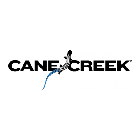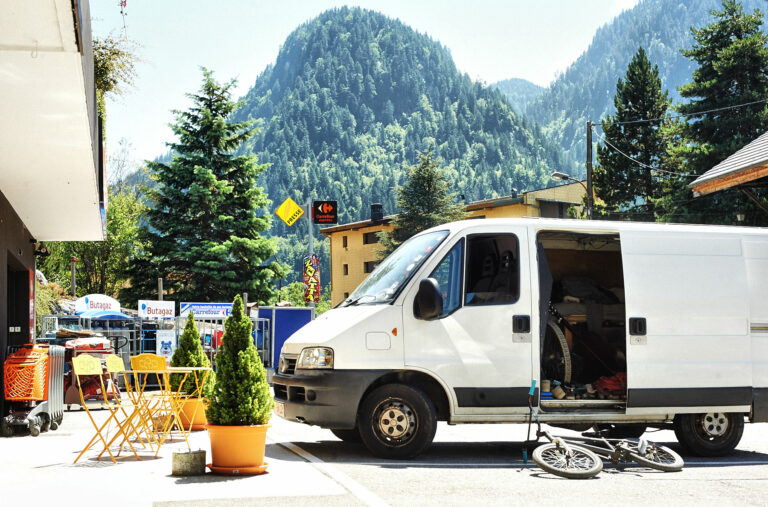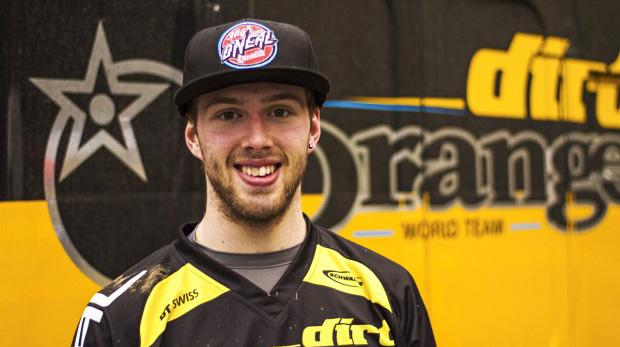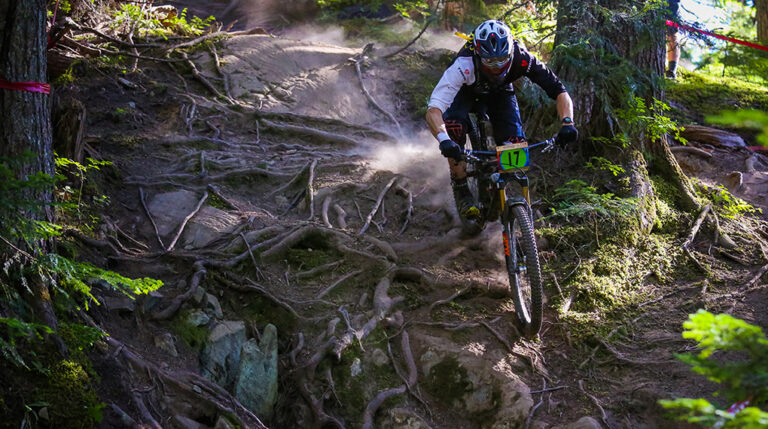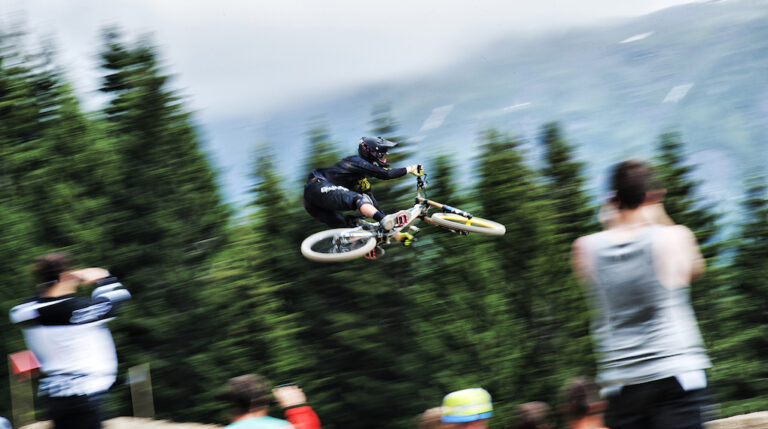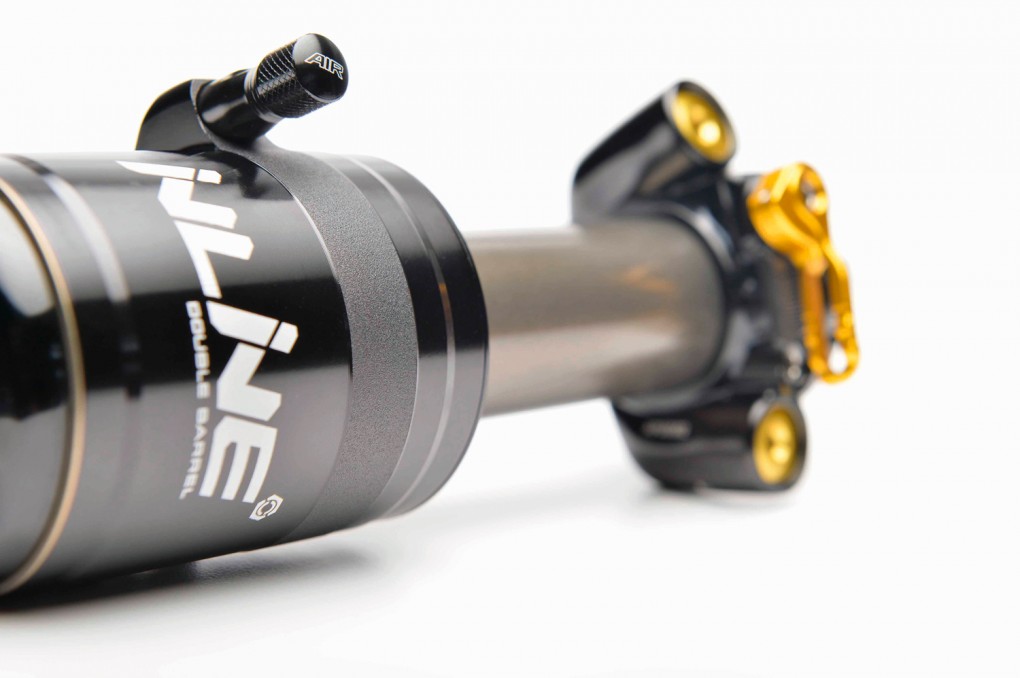
DIRT ISSUE 148 – JUNE 2014
Words by James McKnight. Photos by Derek Diluzio
Getting over our assumptionsWhen Dirt’s Ed Haythornthwaite visited the premises of Cane Creek back in early 2011 he talked of pre–formed misconceptions of a company that was seemingly a powerhouse of the cycling industry, yet on inspection it turned out to be nothing more than a small set–up based in a factory deep in Western North Carolina, USA.
Even having read Ed’s article on the company in Dirt #113, and having been filled in on the peculiarities of the place and the friendliness of the people by the author himself, I still had my own preconceptions upon arrival into Asheville; but the rows of rocking chairs in the airport waiting room, complete with grannies knitting, salesmen conference–calling and families waiting for their flights all sitting side–by–side came as a precursory introduction to the small town experience I was about to enter into. It turns out that Cane Creek really does have a modest, but certainly not limited, set–up.
I was in the South for two reasons: To get an exclusive early look at Cane Creek’s latest rear shock, the DBInline, the privilege coming from Ed having managed to weasel his way into ‘For Employees Only’ information. Secondly to ride the nearby Pisgah National Forest in all its vastness and to explore its copious trails that serve as ample testing ground for the passionate bike riders from Cane Creek. In this article, part one of two, we’ll take a look around the intricate workings of the DBInline, then in part two next month we will delve into the full country experience.
A brief historyCane Creek’s relatively short history in suspension is well known in mountain biking, or so I thought. The Double Barrel and DB Air shocks of recent times are but a tiny part of the company’s sprung heritage; I was more than surprised when I first heard that in the very early days of suspension on mountain bikes they were in fact producing forks for RockShox for example! Since then they have also produced their fully air (i.e. no oil whatsoever) shock, the Cloud 9, which is now discontinued, and have had a lot of experience working on projects for other companies in the sport. One other thing that the company has accumulated aside from experience and reputation is a loyal staff who now own the company and therefore have every interest in putting out perfect products every time. I went through the stages of building a DB Air shock on their production line so I can verify that care is taken to put every shock together and also that each and every one is dyno tested with the results checked and logged. There’s a good level of attention to detail at Cane Creek, which should explain the reason that their logo is essentially a stamp of quality wherever it appears.
Of course, traditionally best known for their Aheadsets that have featured on countless zillions of bikes (that, as Ed noted in his previous feature, were in some cases simply branded Cane Creek as they owned the patent but weren’t necessarily made by them), in recent times they have blazed a trail of glory as innovators with their AngleSet and the aforementioned Double Barrel shocks. The coil version of the Double Barrel, with its independently adjustable (and therefore unaffected by one another) compression and rebound circuits, I think it is fair to say was a downright success with all users. The DB Air then, a natural progression of the coil shock, and the later addition of DB Air with Climb Switch (CS), have also been largely praised – although our very own chief bike tester Steve Jones has struggled to come to terms with what he sees as a drop in performance over the coil–sprung sibling. Personally I’ve only had good experiences with the DB Air CS; for example I used it on a bike with 130mm travel for the Enduro World Series finals in 2013 and it never faltered. I’m a good three stone lighter than Steve (I flatter myself), perhaps an explanation for our differing opinions of the DB Air.>>

